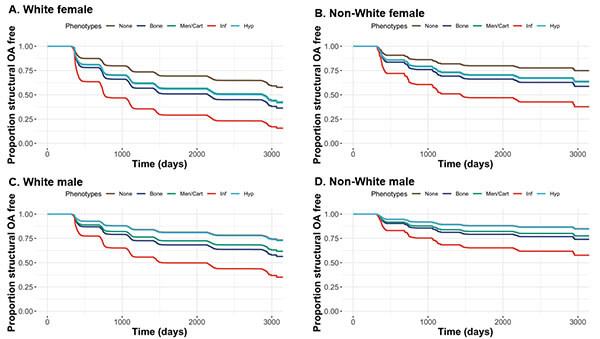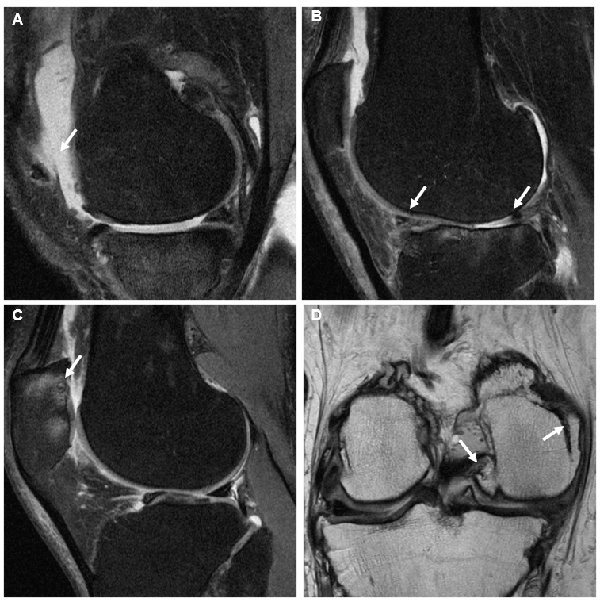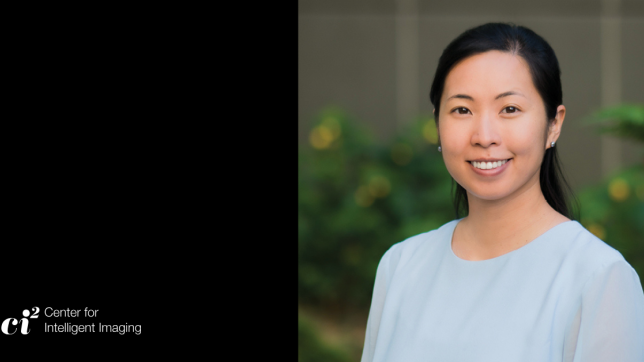A recent study from UCSF Center for Intelligent Imaging (ci2) investigators aimed to investigate the association between time to incidence of radiographic osteoarthritis (OA) and MRI-based structural phenotypes proposed by Rapid OsteoArthritis MRI Eligibility Score (ROAMES). Their findings were published Arthritis Care & Research, the journal for the American College of Rheumatology.
"MRI-based structural phenotypes are strong predictors of time to incident radiographic arthritis," says Nikan Namiri, UCSF medical student, ci2 member and author on this study. "Our model shows subject-specific prediction of risk for radiographic OA."

To perform the study, investigators took a retrospective cohort of 2,328 participants without radiographic OA at baseline that were selected from Osteoarthritis Initiative study and used a deep learning model to automatically assess the presence of inflammatory, meniscus/cartilage, subchondral bone, and hypertrophic phenotypes from MRIs acquired at baseline, 12-, 24-, 36-, 48-, 72-, and 96- month follow-up visits. Read the paper for more information on their methodology.

"In this study we show the ability of deep learning-driven OA morphological phenotyping to generate personalized trajectories of knee joint degeneration by leveraging survival framework," says Valentina Pedoia, PhD, UCSF ci2 member and an author on this study.
Lead author was Jinhee (Jenny) Lee who recently presented the results of this study at the 2022 Osteoarthritis Research Society International (OARSI) Hybrid World Congress in Berlin, Germany (#OARSI2022). "We were able to conclude that four ROAMES phenotypes may contribute to time to radiographic OA incidence. If these are validated, they could be used as promising tool for personalized OA management," she says.
UCSF ci2 authors on this study include Sharmila Majumdar, PhD, Thomas Link, MD, PhD and Bruno Astuto Arouche Nunes, PhD.



